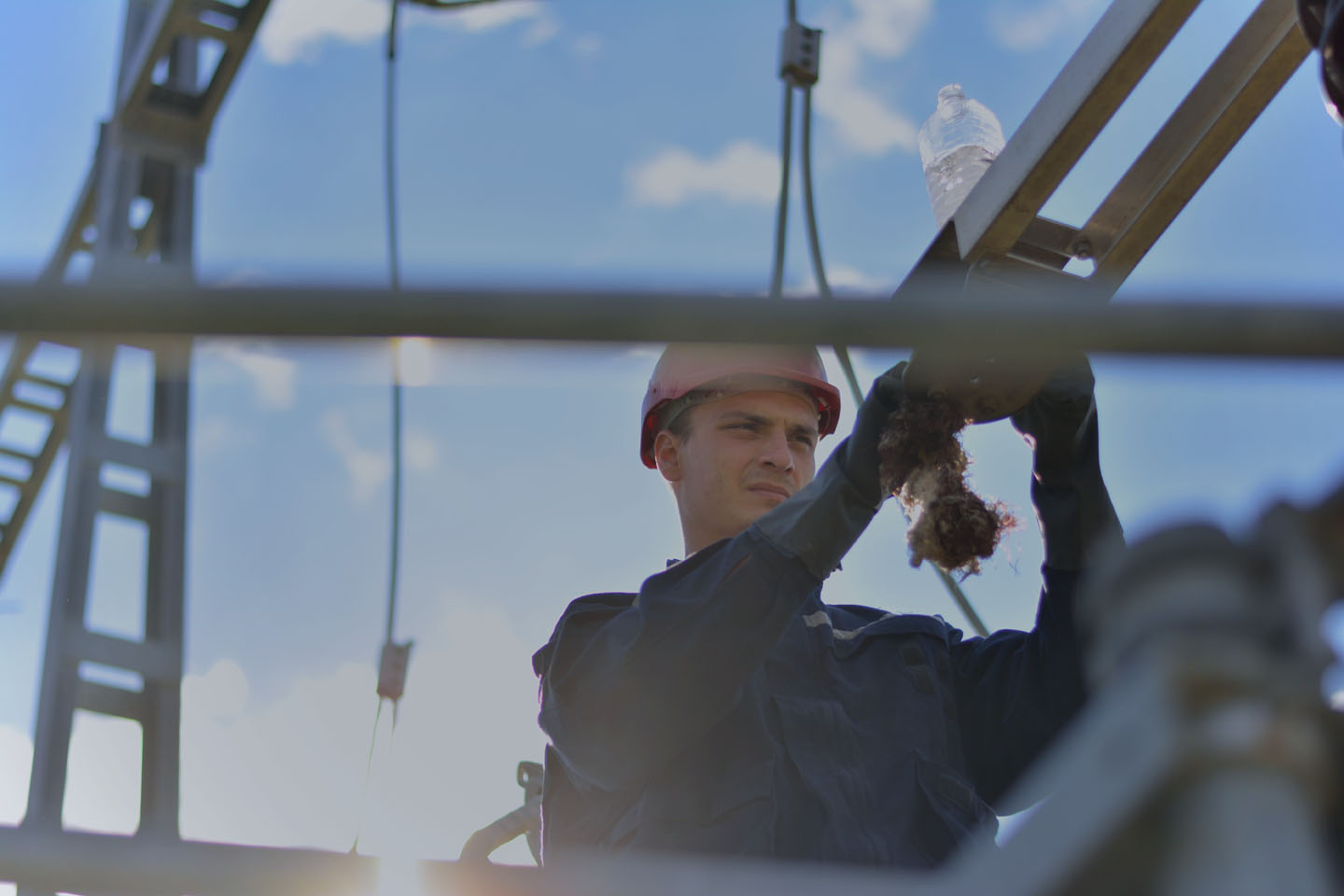There are some unique safety considerations for robots that cohabit space with humans.
Together at last?
Lockout/tagout regulations, commonly known as “LOTO,” are fast approaching their 30-year anniversary. Initially, LOTO applicability was very much focused on reducing injuries and fatalities in sectors such as automotive manufacturing, the wood products industry and steel-making. LOTO was first introduced during the 1990s when the then-state-of-the-art 2-XL toy robot, whose commands were stored on cassette tapes, was a fun way for kids to learn. LOTO was also launched during an era when mobile phones were small enough to comfortably fit in your pocket and the World Wide Web was in its infancy. At the time that the LOTO regulations were codified, robots, artificial intelligence and smart devices were still considered futuristic technologies.
Not anymore.
LOTO, by the way, are regulations and best- practice industry standards in manufacturing, construction, Oil & Gas and various other industries that are critical to maintaining a safe workplace. In its first lookback review roughly eight years after 29 CFR 1910.147 was codified, OSHA determined that LOTO-related fatalities were reduced by 20% to 55%.
There have been more than 30 letters of interpretation and several OSHA directives issued for this regulation since 2000. LOTO, however, continues to remain within the top 10 most frequently cited OSHA violations.
Times have surely changed over the past three decades—technology and, more specifically, the technology used within workplaces has advanced. Refer to the informative “We, Robot” article in the Fall 2018 Spark for more insight into the evolution of robots. Cobots, or robots working in collaboration with humans, are being incorporated into the workplaces to complete an array of professional service tasks as well as dirty, repetitive and dangerous duties associated with industrial robots. Companies like Amazon and online grocer Ocado use cobots to pick orders and bring them to stationary human workers for shipment. A Ford factory uses cobots on assembly lines to install shock absorbers on some of its models.
There are some unique safety considerations for robots that cohabit space with humans. How do we make robots aware of the humans within their range of motion but potentially in their blind spots? How do we make robots adjust their force or pressure when interacting with their human partners? How do we adequately prevent the unintentional release of energy of robots during a maintenance event in the absence of a physical lock?
Considering the ever-growing shared workspace occupied by humans and robots, OSHA is revisiting its LOTO regulations to incorporate the unique hazards associated with robots and determine if control circuit devices are viable measures as lockout mechanisms. OSHA is soliciting and evaluating comments from the industry around potential changes to 29 CFR 1910.147. It is conceivable that similar regulations applicable to maritime, agriculture and construction may also eventually be evaluated as well. The American National Standards Institute (ANSI), by virtue of Z244.1; the International Organisation for Standardisation (ISO); and the International Electrotechnical Commission (IEC) have all addressed evolving safety protocols for robots in the absence of regulatory guidance by OSHA and other international safety agencies.
Any of these measures may be extended to make the robot react “smartly” during a LOTO event. More importantly, as preventative measures, control circuit devices, including solenoids, switches and relays, will likely need to be complemented with worker training and enhanced design to have a complete LOTO solution for robots.
Carole Franklin of the Robotics Industry Association summarized the potential of collaborative robot systems as allowing for “partially automated tasks where the robot and human can both use their own strengths to the best effect. You have the strength, precision, endurance and repeatability of the robot, and you also benefit from the flexibility and sensitivity of human touch, as well as human problem-solving and creativity.”
We look forward to seeing the results of valuable insights of industry professionals in shaping the next generation of LOTO provisions to help humans and robots work together safely.

